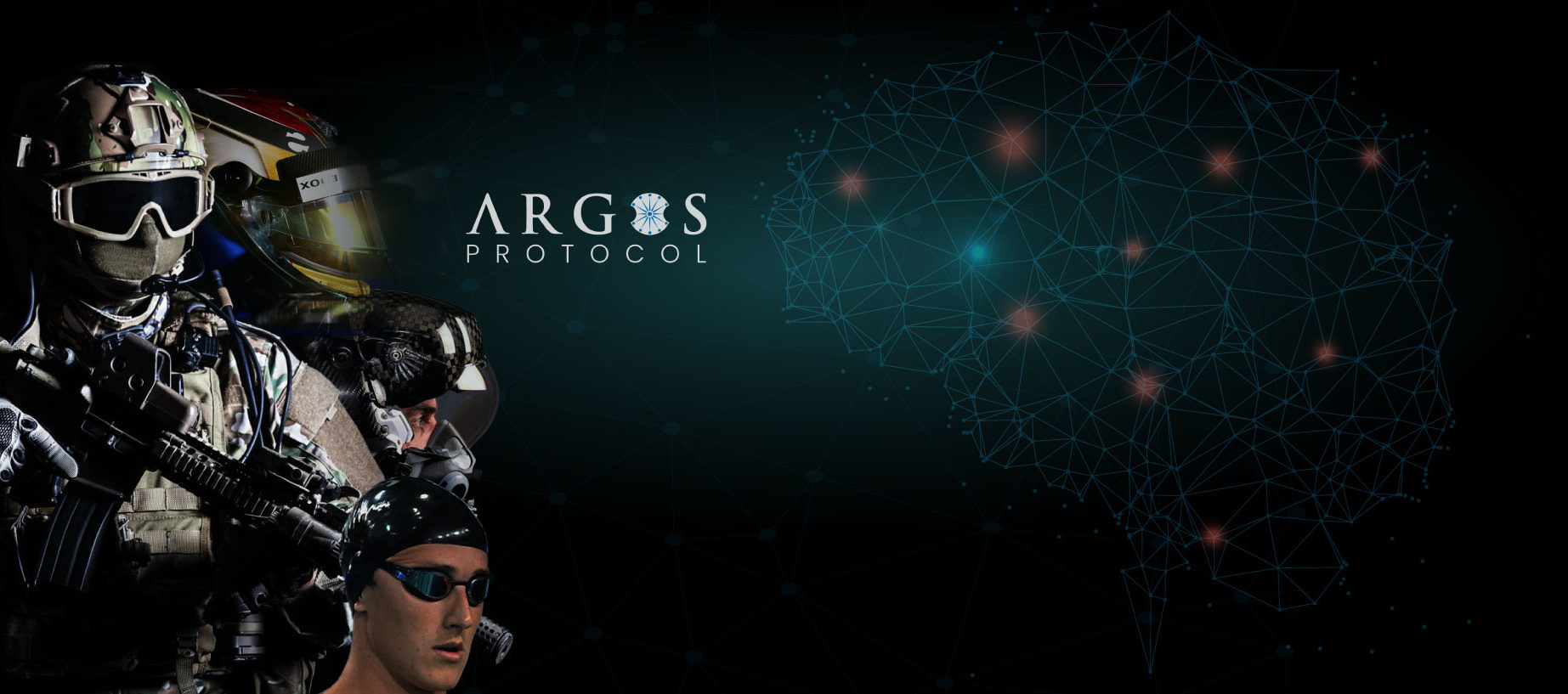
An evidence-based approach that equips your operators for dealing with threats and human error.
Threat & Error Management (TEM) was developed out of the University of Texas focussing on human performance in aviation operations. There is an underlying acceptance that operators will at some point confront risky situations and ultimately make errors. The core aim behind TEM is to develop a mind-set which enhances the identification of threats, minimises the opportunities for error, and resolves those errors when they do occur. The three main components of TEM are:
THREATS
Threats can be present in the environment (distraction, faulty equipment or poor weather for example), reside in the operator’s decision making processes (cognitive biases, incorrect information, or poor communication for example), or relate to organisational factors such as high workload.
ERRORS
Errors originate from operator actions or inactions that have the potential to adversely affect the operational or safety performance.
UNDESIRED STATES
Any situation which was not intended by the operator(s). Undesired states would include such things as pit crew members being out of sync, financial traders making trades with incorrect information, or miners working difficult jobs under fatigue and after consecutive overtime shifts.

The key is identifying the threats and introducing effective countermeasures.
The Argos Protocol, based on TEM principles, allows us to identify the threats and errors your operators need to respond to, and then run tailored workshops and in situ coaching based on proven countermeasures and techniques sourced from Special Forces, the US Navy’s Top Gun Flight School,Neuroscience, Cognitive Psychology,Sports Psychology and High Reliability Organisations.

